The Torpedo SEAL is a wet submerible for up to two combat swimmers from James Fisher Defense. It can be transported in a NATO Standard 533mm torpedo tube and has a range of up to 10nm at a maximum speed of 4kts thanks to its onboard lithium polymer batteries.
Yes, that long, diagonal beast in the background is the Torpedo SEAL’s big brother the SEAL Carrier which will deliver a 6-man team up to 30nm.
Above, you can see the controls of the mini-sub.
Tags: James Fisher Defense




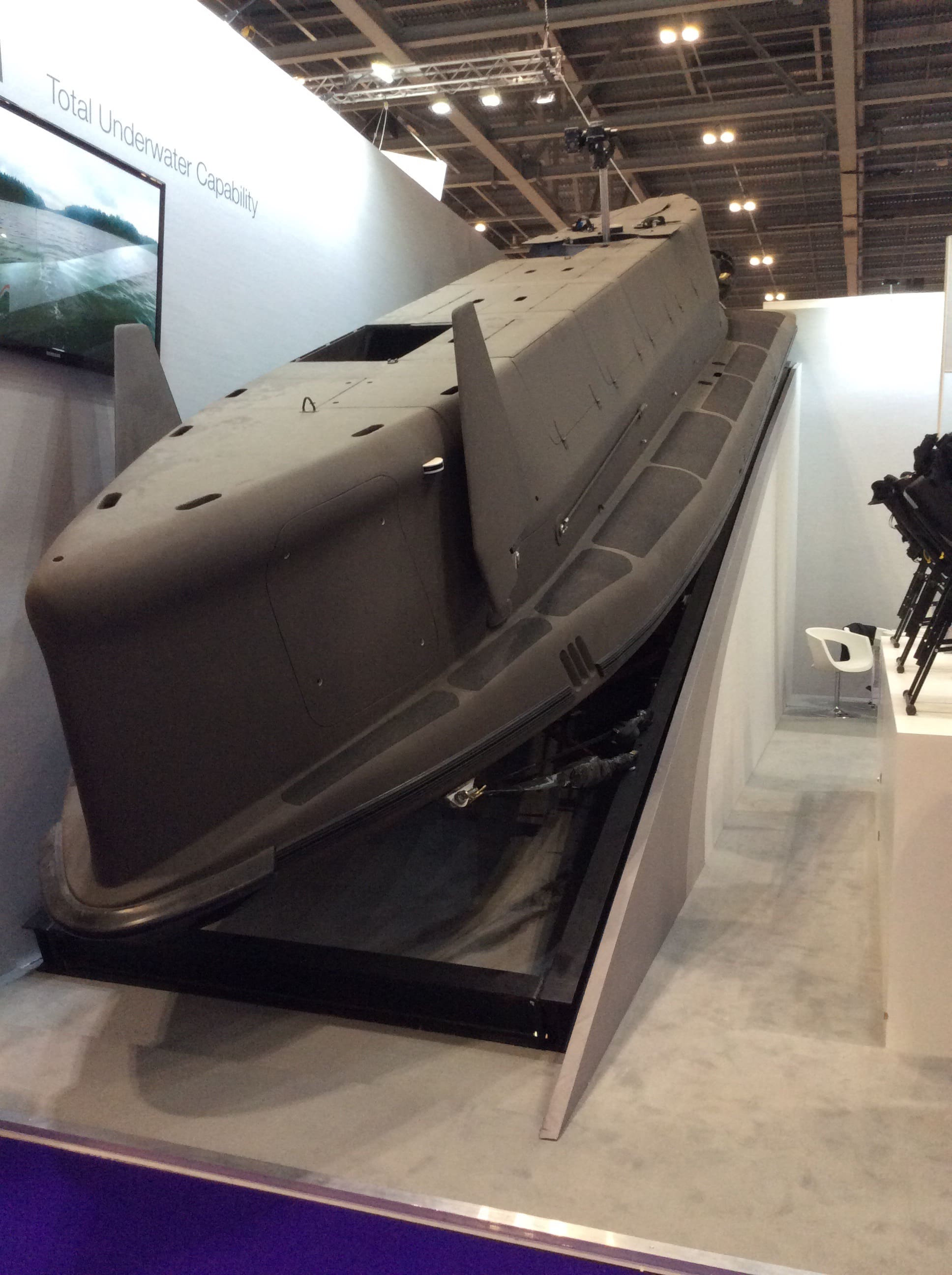
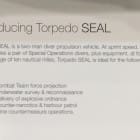
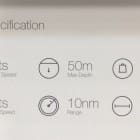
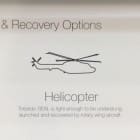
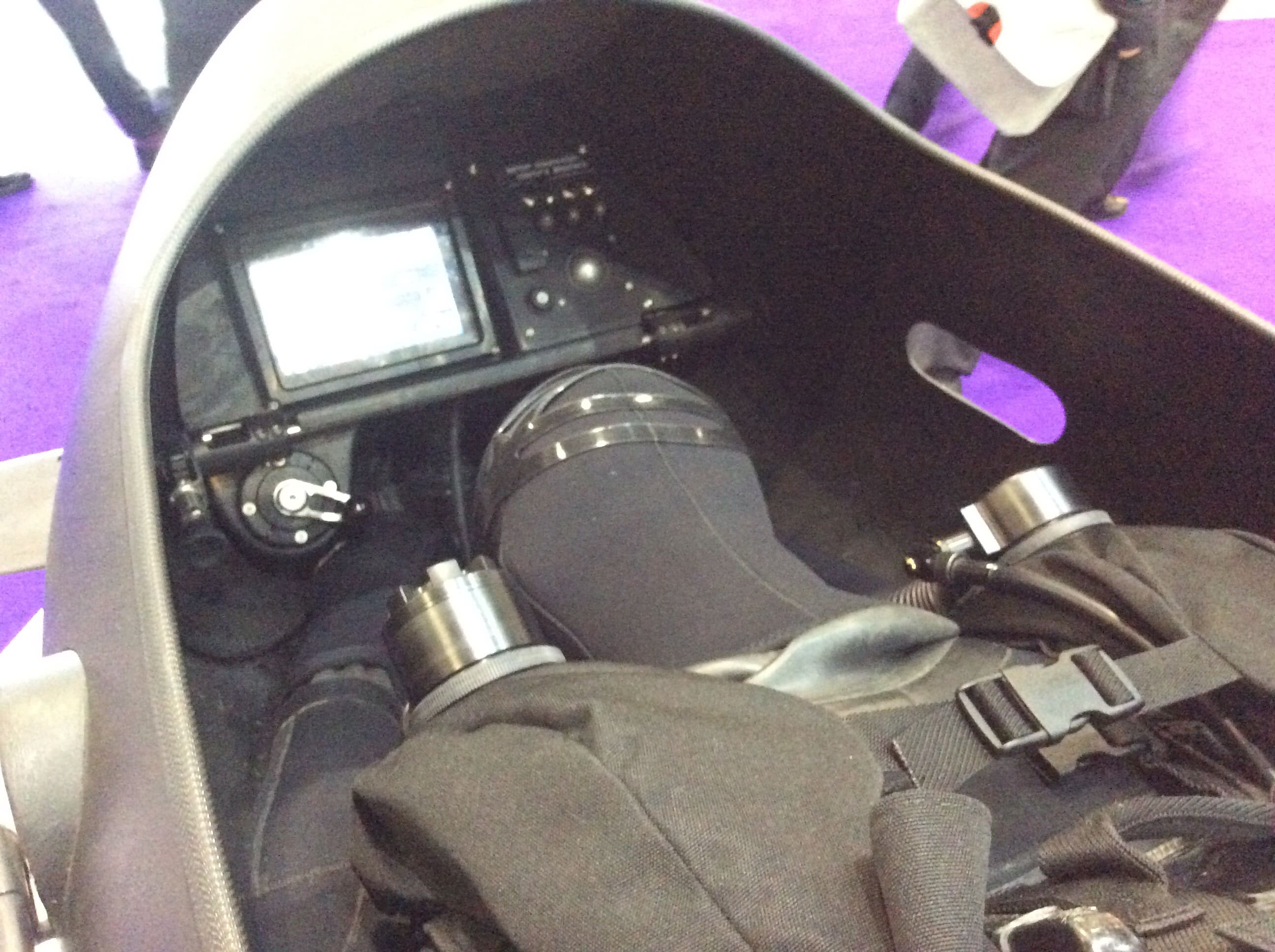
“6-man team up to 30nm”
Does that mean the vehicle only goes 30mm or the team members are 30mm tall? That’s rather small even by 90’s GI Joe standards. Very stealthy!
I’m scratching my head here. What?
Well, mm is millimeter and nm is nautical miles. That might explain your confusion.
nm = nanometer
NM = Nautical Mile (Knots would work too)
Quite a big difference there, I think it was a simple typo. SSD puts out a TON of info during trade shows, it’s almost impossible to have every article submitted with 100% grammatical accuracy.
NM does equal nautical miles, but a knot is nautical miles per hour.
Holy submersibles batman! that thing is a beast.
p.s.- “nm” seems pretty self explanatory to me
The “Black Seals” are reborn! Great history of Italian NSW with X MAS Raiders who conducted raids riding on slow moving torpedos as insertion platforms on British ships at Alexandria, Crete, and Gibraltar. A little history here: http://www.marina.difesa.it/EN/thefleet/specialforces/goi/goihistory/Pagine/default.aspx
Awesome
We got to play with one of their Torpedo Seals a couple years ago, lots of tech contained in that little package…
I feel almost guilty reading this. What an awesome capability.
Can the SEAL “carrier” be thrown out of planes with ‘chutes? Isn’t that a somewhat common way these are deployed?